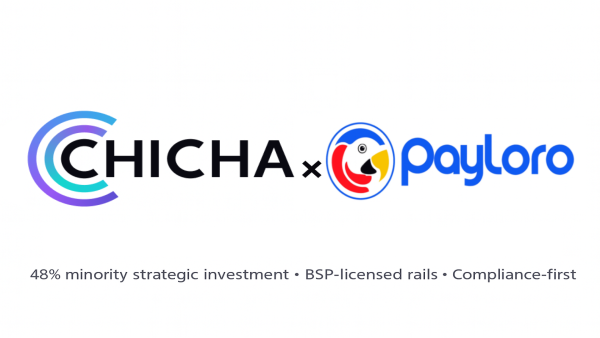
OKX SG Launches USDT and USDC Scan-to-Pay in Partnership with Grab
Singapore-based OKX SG has introduced OKX Pay, the crypto exchange’s integrated payments service, to the city-state through a stablecoin-powered scan-to-pay solution in partnership with Southeast Asia’s “everyday everything” app, Grab.
The rollout, facilitated in collaboration with crypto infrastructure provider StraitsX, allows users to pay for daily expenses using the two largest U.S. dollar-pegged stablecoins: USDT, issued by Tether, and USDC, issued by Circle Internet (CRCL). OKX SG received a major payment institution license from Singapore’s central bank just over a year ago.
The launch underscores the growing adoption of stablecoins for commerce across Asia and other emerging markets, where they are increasingly used for remittances and everyday transactions, thanks to lower fees and faster settlement compared to traditional banking methods.
“OKX Pay addresses real needs for customers by expanding digital payment tokens’ use beyond trading and investing to everyday payments — from morning coffee to dining out with friends,” said Gracie Lin, CEO of OKX SG, in a press release.
How OKX Pay Works
Users scan GrabPay SGQR codes at participating merchants, and their USDT or USDC is converted into XSGD, StraitsX’s Singapore dollar-pegged stablecoin. The XSGD is then exchanged into fiat and transferred to the merchant, enabling seamless acceptance of digital payments without merchants handling crypto themselves.
Stablecoins, pegged to external references like fiat currencies, minimize the volatility typically seen in other cryptocurrencies. This makes them ideal for everyday transactions while still providing benefits such as faster cross-border payments and blockchain-based settlement.
Stablecoin adoption has grown rapidly in recent years. According to JPMorgan, monthly transaction volumes have surged to over $800 billion, up from less than $100 billion five years ago. A BCG white paper from May 2025 notes that payment-related uses—cross-border remittances, merchant payments, and on-chain settlements—now account for 4%–6% of stablecoin activity, while trading remains dominant at 88%.
Compliant, Seamless Payments
OKX Pay executes every transaction as a blockchain transfer under Singapore’s Monetary Authority purpose-bound money (PBM) framework, applying programmable logic to ensure compliant and conditional settlement. The system’s three-step conversion process ensures merchants can accept stablecoins easily and securely without managing digital tokens themselves.
“The future of payments will be defined by trust, speed, and interoperability — and stablecoins are at the heart of this shift,” said Tianwei Liu, StraitsX CEO & co-founder. “The launch of OKX Pay is more than a new service; it’s a blueprint for how stablecoins will underpin global commerce in the years ahead.”




















